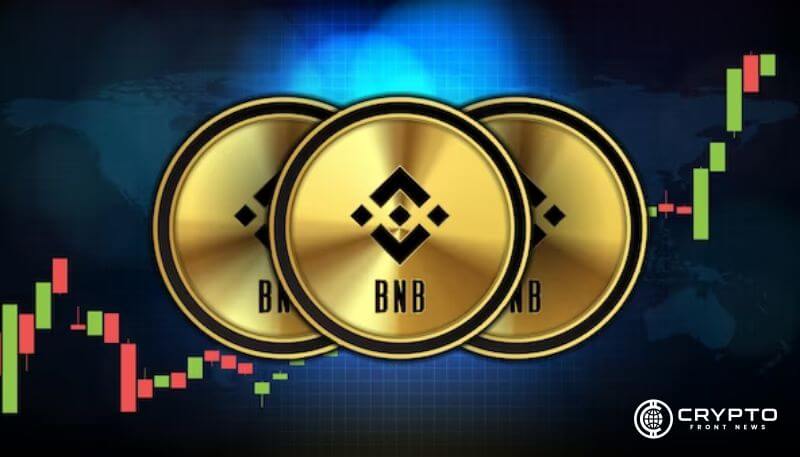- BNB stayed strong and led major cryptos as traders moved away from risky leverage after the $20B market wipeout.
- The $20B liquidation shook the market but helped push investors toward safer trading and steadier crypto growth.
- Solana struggled while Ethereum and BNB stayed firm, showing how market cycles shift strength between top coins.
A sharp sell-off rattled the crypto markets on Friday, wiping out over $20 billion in value as major assets like Solana, Ethereum, and Binance Coin experienced intense volatility. The sudden liquidation wave, described by Bitwise portfolio manager Jonathan Man as “the worst liquidation event in crypto history,” reshaped market sentiment and forced traders to reposition. The event unfolded after a deep correction across key assets, sparking record trading volumes and system-wide stress.
BNB Maintains Strength as Solana Struggles
In contrast to its contemporaries, Binance Coin ($BNB) demonstrated a noteworthy level of strength, according to Altcoin Sherpa. The coin recovered from its previous decline during the liquidation and was trading close to $1,220, just 10% below its peak. Additionally, there was consistent purchasing demand and BNB maintained steady pace with mild variations.
The asset’s resilience reaffirmed its position as the leading performer among major altcoins. Moreover, the Binance Smart Chain ecosystem continued to attract liquidity through projects like Aster and others, sustaining confidence among investors.
Conversely, Solana ($SOL) displayed the weakest technical setup. The asset plunged dramatically from $225 to around $72 before stabilizing near $180. Trading volumes surged during the decline, indicating mass liquidations and panic selling.
However, Sherpa noted that “rotation back to Solana” could occur once BNB’s rally cools. He added that Solana’s lower prices present accumulation opportunities for long-term holders rather than short-term traders seeking momentum.
Ethereum Recovers but Faces Resistance
Ethereum ($ETH) performed relatively better, climbing from $2,400 to nearly $4,900 before consolidating near $3,800. The asset’s rally reflected stronger investor confidence and higher institutional inflows.
Additionally, ETH’s price action tracked Bitcoin’s broader moves, aligning with Sherpa’s observation that Ethereum “should mostly follow BTC.” Volume spikes during early September confirmed heightened speculative activity and active profit-taking across exchanges.
Jonathan Man explained that the liquidation shock erased roughly $65 billion in open interest, resetting positioning to July levels. “When uncertainty spikes, liquidity providers widen quotes or step back,” he said, emphasizing the strain on crypto market infrastructure. Moreover, exchanges triggered auto-deleveraging and relied on liquidity vaults such as Hyperliquid’s HLP, which “had an extremely profitable day.”






